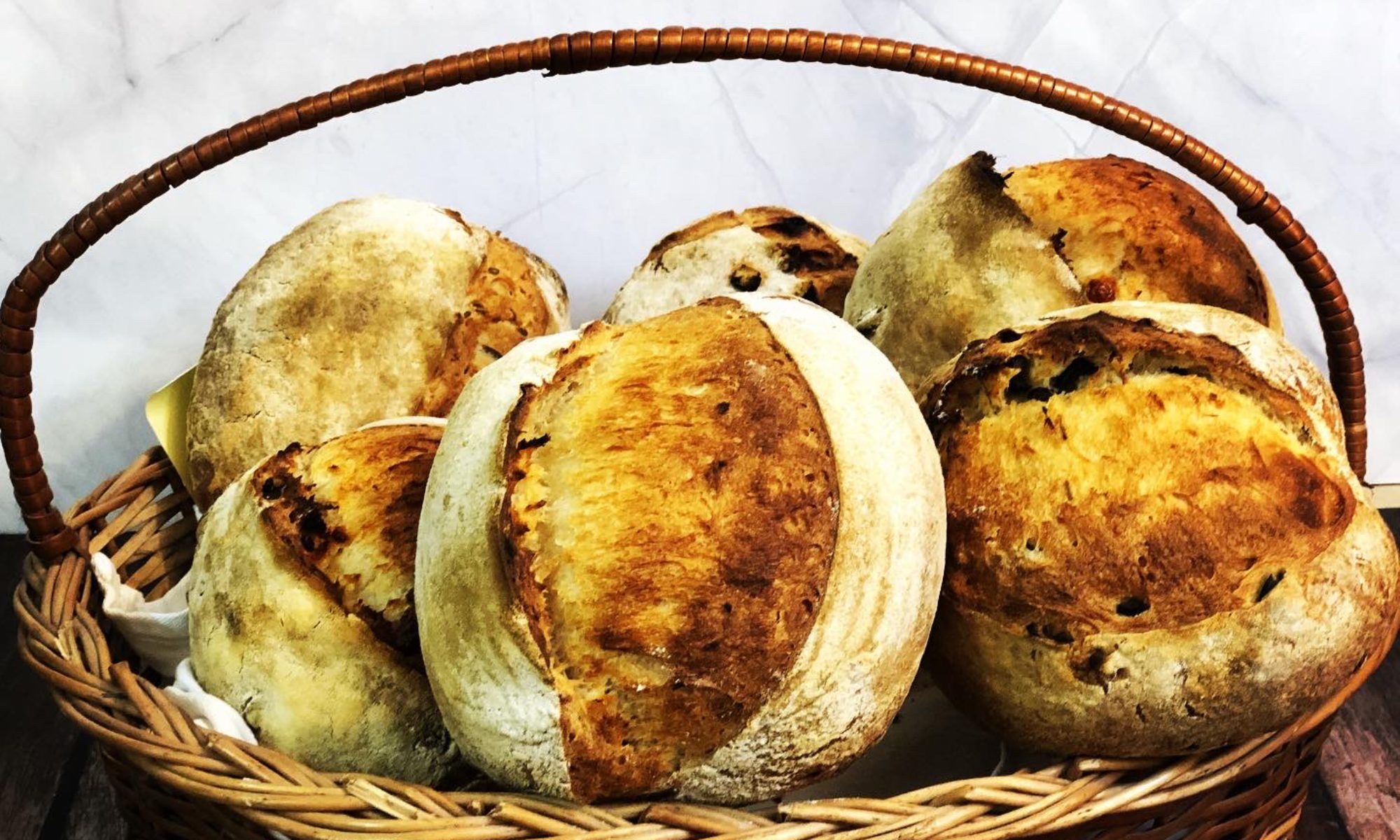“Orange is the happiest colour”, said Frank Sinatra. His love for his favourite hue showed in his choice of clothes, in the carpeting of his house, the tiles, the draperies, towels, sofa and even his refrigerator ! Well I am crazy about orange too, both for the colour and the fruit after which the colour has been named!
It is interesting to know that the colour orange is named after the ripe fruit orange. The word orange itself is derived from old French word called pomme d’orange. That is derived from the Italian word arancia, which in turn seems to have been adapted from Arabic nāranj. And guess what, Arabic nāranj is actually derived from the Sanskrit word nāraṅga (नारङ्ग)! Look all that coming back to India ! Yippee! No wonder I love oranges!
Well now you must be wondering where is all this love for oranges heading? Orange is one of my favourite ingredients as far as cooking and baking is concerned. And I do not like to waste even the peel! The zest of the orange is perhaps the most flavourful part of the orange. Even though the fleshy inside of the orange is consumed more, all the flavour and the fragrance lies in the zest. Most recipes will use the words zest and rind interchangeably. And then there is the peel itself. Let me explain what is actually meant by peel, zest and rind. Zest is actually is the thin coloured outer most layer of the citrus fruit. It is usually extracted out by using a zester. It contains the flavour oils that impart loads of flavour to the dish. Rind is firmer outer covering of the fruit. It includes the colourful zest and very light layer of the white pith. The peel is entire outer layer with the zest and the pith. The pith is bitter and unpleasant in taste and hence left out most times. The rind is used for marmalades.
As the maximum flavour of the fruit is in the zest or the rind, I am sharing here the method to make candied zest/rind of orange. It can be used to flavour cakes and desserts as well as garnish them. Here you go !
Ingredients
- Oranges – 6
- Water to boil as needed
For the syrup
- Sugar – 200 g
- Water – 200 ml
- Caster sugar for sprinkling
Method
- Remove the peel of the orange. Grate out the white pith as much as possible. Cut the remaining rind/zest into juliennes using scissor or knife.
- Boil water in a pan. Add the juliennes of the zest and boil for 3-4 minutes. Discard the water. Refill the water and bring it to boil. Once again boil the juliennes, till tender this time.Drain and discard the water. Boiling the juliennes twice reduces the bitterness if at all there is any pith left.
- Boil the sugar and water for the syrup. Add the juliennes and poach until tender and translucent. Cool down.
- This zest can be stored in the syrup. Alternatively, drain the syrup and pat the zest dry. Sprinkle caster sugar to coat. Remove excess. Store in a container.
This candied zest is always a part of my pantry and I prefer it in my fruit cake over the store bought one. It can also be used in simple pound cake and in cookies. The zest in syrup can be used as garnish over desserts. You can make candied zest of lemons and limes in the same manner. So now you know that whenever you juice the oranges or simply eat them, do not discard the peels. Save them in the refrigerator till you have accumulated enough to convert them to candied zest. More flavour(read power) to you!





Rely on BWER Company for superior weighbridge solutions in Iraq, offering advanced designs, unmatched precision, and tailored services for diverse industrial applications.